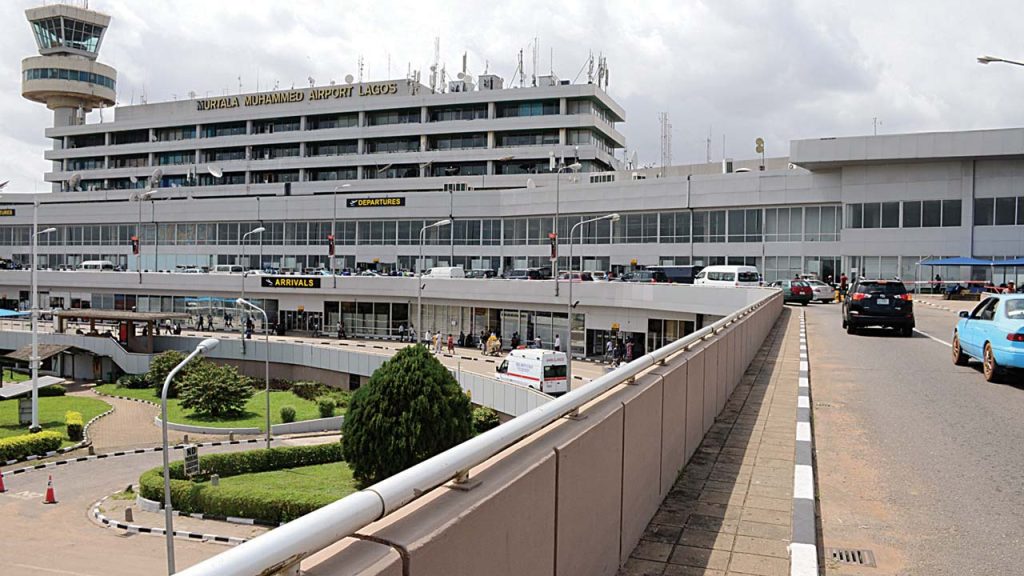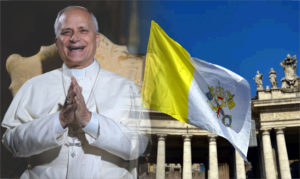MMIA Terminal $447M One massive infrastructure essential rebuilt; an overhaul from the skeleton up

Funded by Savings from Fuel Subsidy Removal, Project Aims to Deliver World-Class Smart Airport

Nigeria’s Minister of Aviation and Aerospace Development, Festus Keyamo, has defended the federal government’s ambitious ₦712 billion (approx. $447 million) reconstruction of Lagos’ Murtala Muhammed International Airport (MMIA), describing it as a complete rebuild, not a renovation.
In a statement shared on Sunday, Keyamo addressed growing public scrutiny over the project’s cost, clarifying multiple times that patches alone are insufficient, and the aging infrastructure is more expensive and less effective to repair than rebuild. Stripping the terminal down to its shell and rebuilding all key systems is the most cost-effective solution for long-term standards. As the overhaul is essential and long overdue. According to him, the funding will not involve loans, but will be sourced from the Renewed Hope Infrastructure Development Fund, a pool created from fuel subsidy removal savings.
“What we simply want to do is to totally strip down that building, including the entire roof (leaving only the carcass), then re-design/reconfigure it and build a brand-new airport for the nation,” Keyamo said. “This is not patchwork.”
What the Project Covers
- Terminal One, the original international terminal, will undergo a complete transformation. Keyamo described it as “totally decrepit” due to years of neglect.
- Terminal Two, the newer facility, will be expanded to accommodate more aircraft, including wide-body jets.
- A design flaw in the terminal’s structure will be corrected through the construction of new ring roads and a bridge, allowing direct access to the Departure Lounge’s upper floor, eliminating the need to haul luggage up escalators.
- The project will integrate “smart solutions” for security, efficiency, and convenience, aiming to match global aviation standards.
No Foreign Loans Involved
Keyamo emphasized the project’s self-financed model, distancing it from Nigeria’s mounting external debt.
“This will not be done by a loan from anywhere,” he stated. “It is one of the gains made from the removal of subsidies.”
Transparency and Oversight Promised
To build public trust, Keyamo pledged regular updates and access for journalists, civil society, lawmakers, and citizens to monitor progress and quality.
“It is part of our national heritage and we should all rightly be interested in the final outcome,” he said, urging the public to compare the costs with similar projects globally.
A video presentation illustrating the proposed transformation has also been released by the Ministry to help Nigerians visualize the scale of the rebuild.








